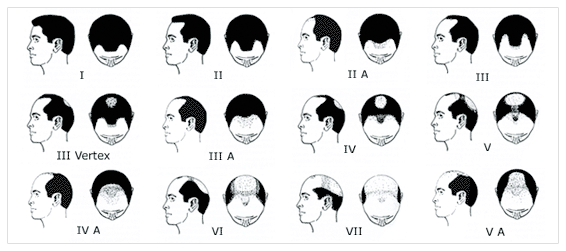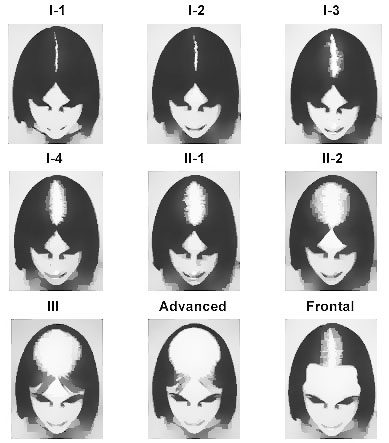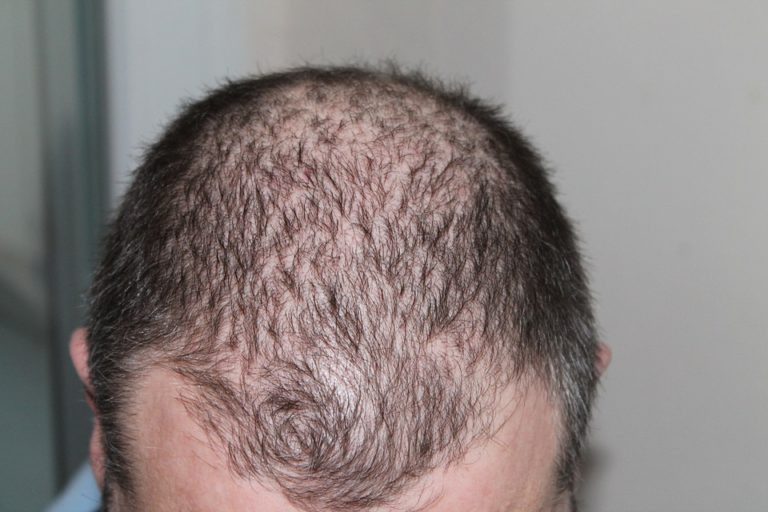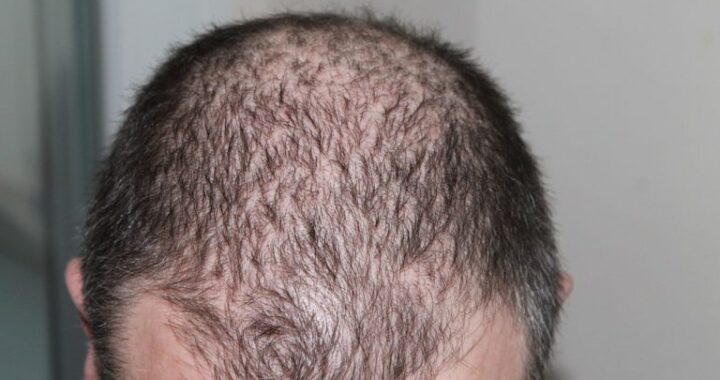Diffuse thinning is a common type of hair loss that affects both men and women. In this article, I’ll review the many potential causes of diffuse thinning, as well as some treatment options.
To begin, let’s briefly define and discuss the keyword that brought you to this website.
What is Diffuse Thinning?
Diffuse thinning is a form of hair loss characterized by a widespread reduction in hair density across the scalp. This can make it a particularly challenging and distressing condition to deal with.
The Causes of Diffuse Thinning
Understanding the root causes of diffuse thinning is crucial in determining the appropriate course of action. While each individual’s experience may vary, several common factors can contribute to this type of hair loss, including:
- Stress and Lifestyle: High levels of stress, whether due to work, personal life, or other factors, can trigger diffuse thinning. Additionally, significant weight loss, crash diets, or sudden lifestyle changes can also contribute.
- Hormonal Changes: Fluctuations in hormones, such as those experienced during pregnancy, childbirth, menopause, or thyroid issues, may lead to diffuse thinning.
- Medical Conditions: Underlying medical conditions like polycystic ovary syndrome (PCOS), chronic illnesses, or scalp conditions may contribute to widespread hair loss.
- Medications: Certain medications, including some used for cancer, depression, heart problems, gout, and high blood pressure, are known to cause hair shedding and thinning.
- Nutritional Deficiencies: A lack of essential nutrients, such as iron, zinc, biotin, and protein, may impact hair health and contribute to thinning.
Pattern Hair Loss
Pattern hair loss, also known as androgenetic alopecia, is another common cause of diffuse thinning. It’s a hereditary condition where hair follicles become sensitive to dihydrotestosterone (DHT), a hormone that shrinks hair follicles over time. This miniaturization process results in progressively finer and shorter hair growth, eventually leading to hair thinning and loss.
The Norwood Scale

The Norwood scale depicts the most commonly observed patterns of hair loss in men. However, men with diffuse thinning may not have a recognizable pattern, as diffuse thinning is a gradual process.
Unlike other forms of hair loss, pattern hair loss doesn’t appear suddenly.
It typically follows a slow and steady progression, making it challenging to notice until a significant amount of hair has already been lost.
Both men and women experience pattern hair loss, and its onset can vary widely.
The Ludwig Scale

The Ludwig scale shows the most commonly observed patterns of hair loss in women.
While genetics play a significant role in pattern hair loss, other factors like hormonal changes, aging, and even certain medications can contribute to its development. For those predisposed genetically, these factors can accelerate the process.
Men with diffuse thinning at a young age often end up developing advanced balding patterns.

This young man is experiencing widespread diffuse thinning. Although his hairline is mostly intact, he appears to have an early Norwood 6 balding pattern.
What Can You Do About Diffuse Thinning?
If you’re grappling with diffuse thinning, know that you’re not alone, and there are steps you can take to address the issue:
- Consult a Professional: If you suspect you’re experiencing diffuse thinning, it’s wise to consult a dermatologist or a healthcare provider. They can help identify the underlying causes and recommend appropriate treatments.
- Optimize Your Lifestyle: Managing stress through relaxation techniques, regular exercise, and a balanced diet can positively impact hair health.
- Nutrition: Ensure you’re consuming a well-rounded diet rich in vitamins, minerals, and proteins that support hair growth.
- Topical Treatments: Over-the-counter topical treatments containing minoxidil help stimulate hair growth. Consult your healthcare provider before starting any new treatment.
- Prescription Medications: In some cases, your healthcare provider may prescribe medications such as finasteride, which works very well for about 9 out of 10 men. As of 2023, there are also many effective female hair loss treatments on the market.
- Hair Care: Be gentle with your hair. Avoid tight hairstyles, excessive heat, and harsh chemicals that may lead to hair loss.
- Camouflage Techniques: Hairstyles, haircuts, and certain hair products can create the illusion of fuller hair while you address the underlying issue.
Diffuse Thinning – Final Thoughts
Diffuse thinning is an unfortunate part of the aging process for many people. And it’s an unpleasant process, without question. However, with the right knowledge and proactive measures, you can navigate this challenge effectively. Remember, seeking professional guidance and adopting a holistic approach to your well-being can go a long way in managing diffuse thinning and promoting healthier hair.
Robert Price is a writer, consumer advocate, and hair loss researcher with thousands of hours of experience in the field. His goal is to keep you out of the hair loss rabbit hole, underworld, or whatever you want to call it. He founded Hair Loss Daily, the unbiased hair loss blog, in 2016. You can learn more about Robert in the my story section of this website.

